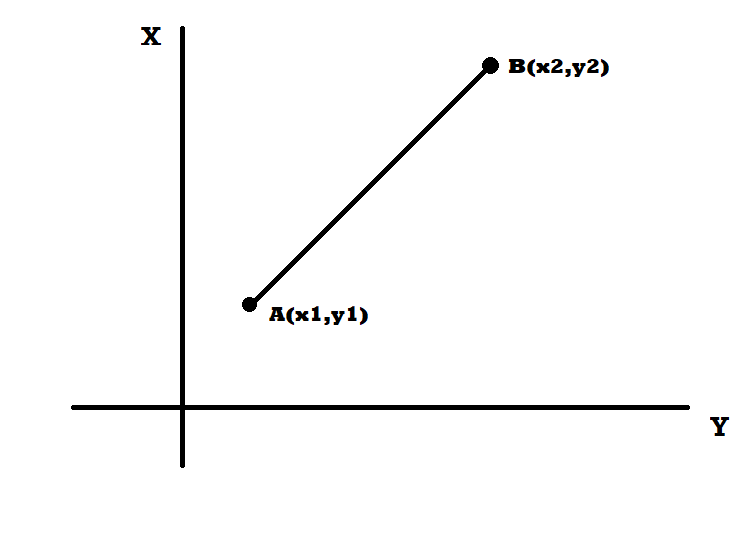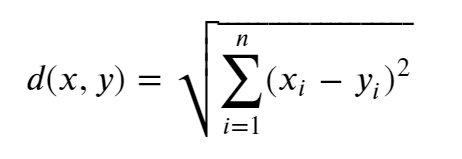How to calculate Euclidean distance
Background
Distance measures are an essential part of the machine learning algorithms.
Machine learning algorithms are divided into two types:
- Classification
- Regression
The regression algorithm learns from training data from labeled datasets, then predicts the output of test datasets based on the learning.
On the other hand, the classification algorithm differentiates between different objects in the dataset and creates categories (i.e., classifies) among them.
One example of a classification algorithm is the KNN algorithm.
KNN algorithms observe the distance between the training set data and test data, then utilize these distances to give the test point a label.
The nearer the test point is to a specific training point or a set of test points, the more likely it is to have a similar label as them.
To calculate these distances, we can use different methods. One of them is to calculate the Euclidean distance between these dataset points and use them in KNN algorithms.
The Euclidean distance measures clusters and non-metric multidimensional scaling, which was discovered by SIMPROF using the
randomization test (Clarke and Green, 1988). ANOSIM an analog of ANOVA
What is Euclidean distance?
Euclidean distance is simply the distance between two points. If the points are in a plane, then it is the distance of the segment connecting the two points. This distance is calculated by the Pythagoras theorem.
If we assume two points A(x1,y1) and B(x2,y2), then the Euclidean distance is shown in the graph below. This is also called straight line distance.
The formula of Euclidean distance is given by:
The formula for Euclidean distance in n points is given by:
The Euclidean distance in machine learning can be calculated from the following code:
def euclidean_distance(A,B):dist = np.linalg.norm(A - B)return dist
Properties
The Euclidean distance is an example of distance in metric space, so it obeys all of its properties:
- It is symmetric, which means that for all points A and B, Distance(A,B) = Distance(B,A)
- The Euclidean distance is always positive.
- It also obeys the triangle inequality law, which is stated below: for points a, b and c, dist(a,b) + d(b,c) >= dist(a,c)


